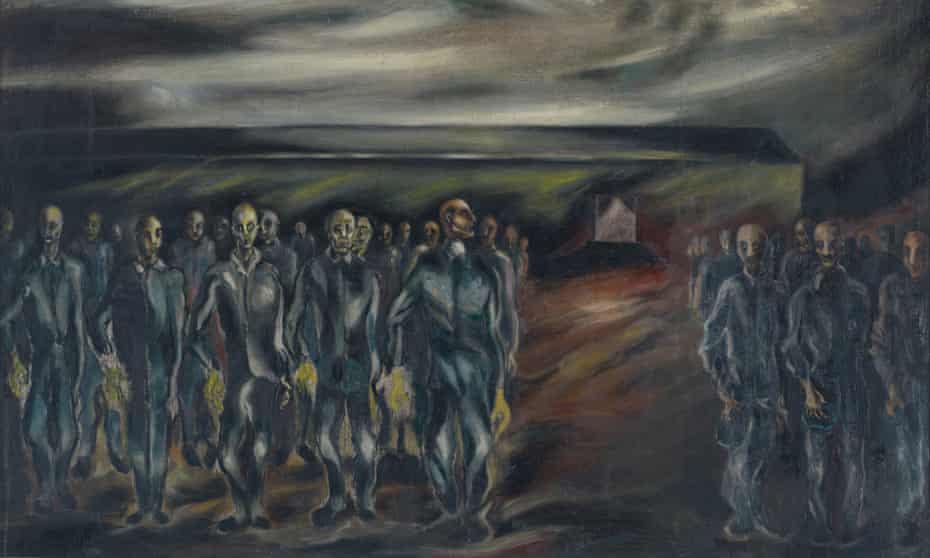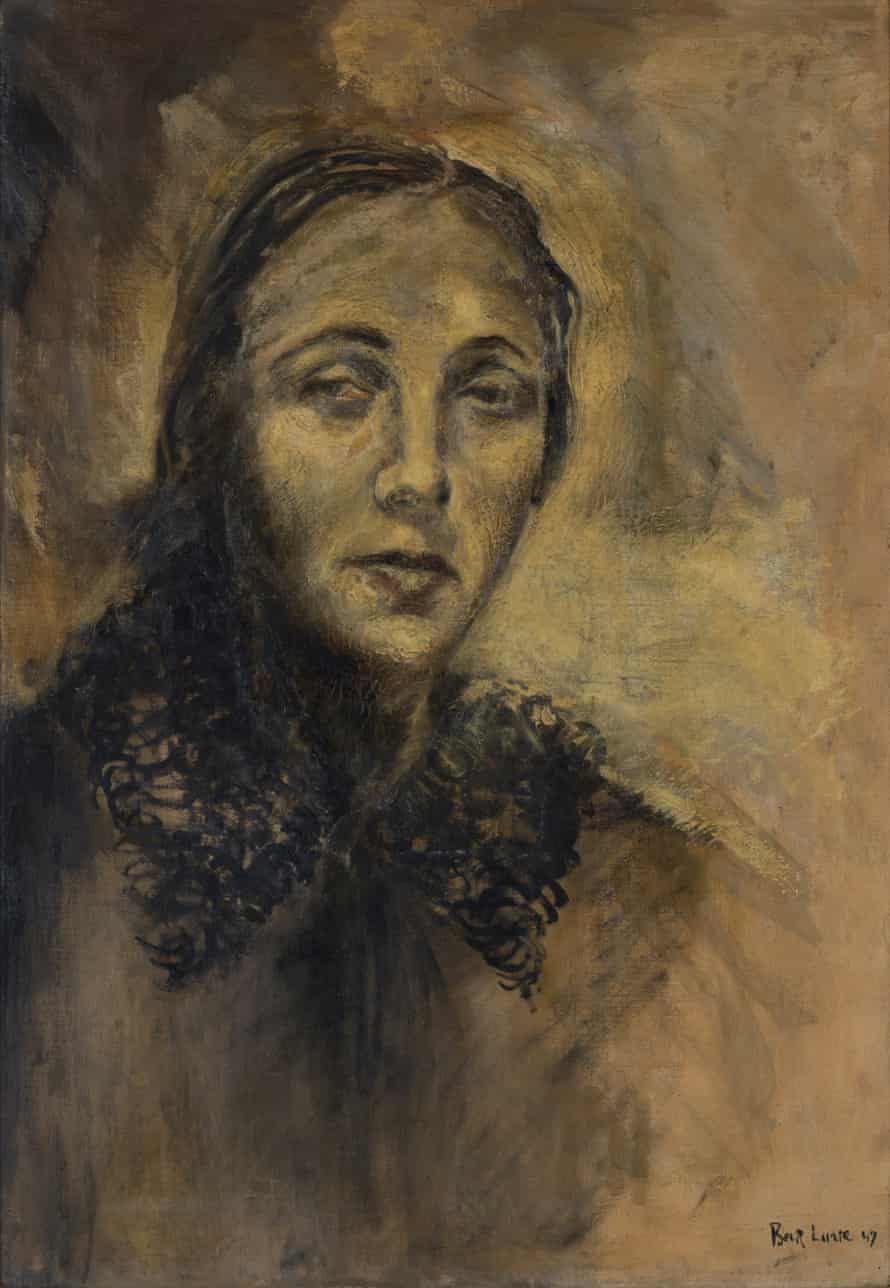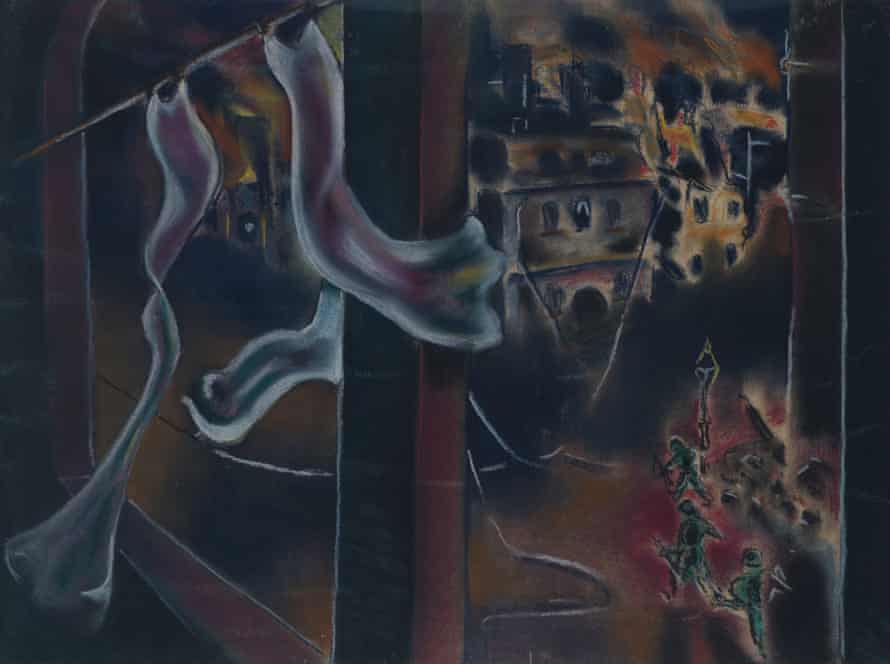About a week ago, I republished Spiritual Alchemy has been really hard work for me and some people I know in a Reddit spiritual alchemy forum, and this happened:
level 3•Posted byu/Puzzleheaded_Drop_81
1 day ago
Spiritual Alchemy has been really hard work for me and some people I know
General ✨
Sorry, this post has been removed by the moderators of r/spirituality.
Moderators remove posts from feeds for a variety of reasons, including keeping communities safe, civil, and true to their purpose.
I then was unable to post anything new at other Reddit places.
I read online last night that President Trump's heralded "Truth Social" counter to his being banned from Twitter and Facebook was hacked before it was launched and "Truth Social" does not permit criticism of "Truth Social" and President Trump.
Oct. 21, 2021, 2:02 PM CDTBy Allan Smith
Former President Donald Trump pitched his new social media platform, Truth Social, as a haven for free speech and a counterweight to the big tech giants that have in recent years put a greater emphasis on moderating content users post to their sites.But as the platform's terms of service agreement makes clear, not all speech will be permitted. Specifically, users are prohibited from speaking ill of the platform itself or its leadership.Announced Wednesday, Truth Social will be part of the Trump Media & Technology Group, which also plans to launch a subscription video service for what it called "non-woke" programming. The company said it plans to begin a beta launch next month with a nationwide rollout early next year.
Trump's eldest son, Donald Trump Jr., said in an interview with Fox News on Wednesday that the new site will be "a platform for everyone to express their feelings."
But as stated in the agreement users must submit to when creating a profile, Truth Social says users cannot "disparage, tarnish, or otherwise harm, in our opinion, us and/or the Site." There are also clauses stating that users cannot "harass, annoy, intimidate, or threaten any of our employees or agents engaged in providing any portion of the Site to you" and that Truth Social reserves "the right to remove, reclaim, or change a username you select if we determine, in our sole discretion, that such username is inappropriate, obscene, or otherwise objectionable."
On Apple's App Store, where Truth Social is available for preorder, the platform is pitched as encouraging "an open, free, and honest global conversation without discriminating against political ideology," and states that varying political viewpoints are "welcome."
Nicholas Weaver, a lecturer at the University of California at Berkeley, told NBC News moderation decisions will greatly influence what kind of platform Truth Social becomes.
"If you don't moderate heavily, you will end up with 8chan and a festering fever swamp of crap, and if you do, what is the advantage over Twitter?" he said.
Banned from platforms such as Twitter and Facebook following the Jan. 6 attack on the Capitol, Trump has for months been rumored to be seeking the creation of his own platform to rebuild his social media presence. He has also sued Facebook, Twitter and Google to try and force them to reinstate him and some of his supporters.Just hours after Wednesday's announcement, Twitter users hacked into what they believed to be a beta version of the social platform, creating mock accounts for Trump and former Vice President Mike Pence. Pranksters additionally posted a photo of a defecating pig on the fake Trump page. That website, tmediatech.io, went offline soon after. It was not immediately clear whether that site is connected to Truth Social, and a representative for the social media platform did not respond to questions from NBC News.
"Letting it open was exactly asking for pig manure," Weaver said.
On its App Store preview, the program looks virtually identical to Twitter. Messages on the site are called "Truths," which look similar to tweets and can be reposted by other users, much like a retweet. The site's code shows it utilizing a mostly unmodified version of Mastodon, an open-source software that allows for people to run a self-made social platform.
Trump's foray into the social media world comes as conservatives in recent years have sought to launch their own social media and video platforms to counteract as a response to the moderation they face on Twitter, Facebook and YouTube. Patriots.win, Gab, Parler and GETTR are just some of the websites that have become a haven in some conservative circles.GETTR, run by former Trump spokesman Jason Miller, had sought to bring Trump on board to bolster its standing on the right.
"Congratulations to President Trump for re-entering the social media fray! Now Facebook and Twitter will lose even more market share," Miller said in a statement. "President Trump has always been a great deal-maker, but we just couldn’t come to terms on a deal."
On waking this morning, I saw something published by The Guardian, which I'm sure won't be discussed in the Holocaust never happened forums. Apologies for some of the text formatting, best I could do with copy and paste.
‘Never sold a painting in his life – but died worth $100m’: the incredible story of Boris Lurie
The difficult, devastating work of the Holocaust survivor turned painter is being celebrated at a new exhibition at New York’s Museum of Jewish Heritage

- "He never sold a painting in his life, lived in hovels, yet died worth about $100m,” says Anthony Williams, chairman of the Boris Lurie Art Foundation, at a press preview for Boris Lurie: Nothing to Do but Try. “He was,” he later says with a sigh, “a complicated man.”
The paradox of Boris Lurie’s living conditions is just one contour in the tragic and fascinating life of this painter, illustrator, sculptor, diarist, co-founder of the No!art movement, and concentration camp survivor, whose work is on display at the Museum of Jewish Heritage – A Living Memorial to the Holocaust in lower Manhattan.
The exhibition is the first contemporary art show in the museum’s 24-year history. The beauty and horror found in the nearly 100 pieces, most of which were created at a furious pace in 1946, and have since been called Lurie’s “War Series”, find an appropriate setting beside the museum’s core collection of Holocaust testimony and Judaica, a memorial garden designed by Andy Goldsworthy, and the home of the National Yiddish Theatre Folksbiene, the longest continuously producing Yiddish theater company in the world, and longest continuously producing theater company of any language in the United States.
“This is a different kind of testimony,” Museum president Jack Kliger says, of the oftentimes nightmarish and disturbing images on display.
Lurie was born in Leningrad, now St Petersburg, in 1924, but his family relocated to Riga in Latvia when he was two. The Nazis occupied the city when he was 16 and, after a short time in the Riga ghetto, the people closest to him– his mother, grandmother, sister, and girlfriend – were among the 25,000 people murdered in the Rumbula forest.

Young Boris and his father were forced to work as slave laborers in factories (including for Lenta, making luxury goods for the Nazis), sent to the Salaspils concentration camp near Riga, then, via a treacherous boat ride, to Stutthof outside Danzig, and finally the Magdeburg satellite camp at Buchenwald. Here they worked as laborers until the camps were liberated. After the war Boris worked in the United States Counter Intelligence Corps, then emigrated to New York City.
He immediately threw himself into his work, even though he had almost no formal artistic training. The central section of Nothing to Do but Try – a phrase found in the artist’s memoir concerning his own autodidactism – includes a series of hastily drawn sketches torn from notebooks, many of which, curator Sara Softness says, were kept private for most of his life. The breadth of the assembled miscellany even includes writing on “a napkin stained with soy sauce”.
The images are flashes of remembrance from his late adolescence interrupted by Nazi atrocities: buildings ablaze, armed troops, forced transit. One finds recurring themes, like elongated arms (which can suggest a Hitler salute, but also a loved one reaching out to make contact), faceless men with an X scratched on their backs, and eerie, disquieting trees with knotty branches that look ready to pluck someone off the ground.
The paintings from this period evoke a true dread. Roll Call in Concentration Camp, with its dark swirling sky and hell-like rust-color ground, features a line-up of tormented souls, their faces distorted beyond human recognition. (One gazing directly at the viewer almost looks like the classic Max Schreck Nosferatu.)

Similarly striking – as if the title weren’t enough – is Portrait of My Mother Before Shooting, rendered in a beige monotone, just vague enough to be out of reach. Memorabilia in the exhibit suggests that she worked hardest to keep the family together despite all odds, and even held a dinner party the night before the Lurie women were killed. Next to the painting Untitled (37 Ludzas Street), the family’s last home (and close to that of his girlfriend), there is the added comment that for the rest of Lurie’s life he “always hated banquets”.
Some of the work that followed War Series in this exhibit includes a mesmerizing untitled painting from 1970 that works in dialogue with the portrait of his mother. Accented with light blue, the human face is blurry and distorted, alien and skeletal, likely signifying the dimming memory of an adult clinging to the last recollection of a loved one taken from him while still young.
There are also large photographs from when Lurie visited Riga in 1975, and visited the site of the Rumbula massacre. The images are a little off-kilter, supposedly due to his hands shaking as he walked through the ghostly area. The most recent work in the show is called Ax Series, a collection of wooden stumps and old tools, likely a reflection of the work he and his father did to survive in the Nazi camps.
Somewhat glossed over in this exhibit is Lurie’s work with the No!art group, a radical and confrontational movement that began in 1959. Its exhibitions had memorable titles like The Doom Show and The Vulgar Show. As Anthony Williams of the Lurie Art Foundation boasted to me, there was some difficulty getting Lurie’s Shit Sculpture through customs to a recent show in Berlin.

Where Lurie fits in the 20th century art scene is still something that is being defined with the aid of the Foundation, which was created in 2009, one year after the artist’s death. Though he lived in squalor – his ratty East Village studio is described as “my New York surrogate Riga ghetto” – Lurie was, in fact, extremely wealthy at the end of his life. At first this was due to some investments in New York real estate. “He had a piece of the Ansonia,” Williams says, referring to the gorgeous apartment complex on the Upper West Side which, for a time, housed the legendary Continental Baths in its basement. Later he got involved in penny stocks, focusing on mobile technology in third world markets. This proved incredibly successful, hence the great fortune at the time of his death.
Not once during his career did he sell “a substantial” piece of art, and he even dissuaded buyers when a deal would come close to closing, according to Williams. He slept in the day and worked at night, and some of his friends wondered if he was trying, in a way, to recreate how he lived at Buchenwald.
“This exhibition,” curator Sara Softness says, “really considers his devastating emotional life and how he exited in the world – all inescapably informed by his trauma.”
Boris Lurie: Nothing To Do But Try is on display at the Museum of Jewish Heritage – A Living Memorial to the Holocaust through 29 April 2022

No comments:
Post a Comment